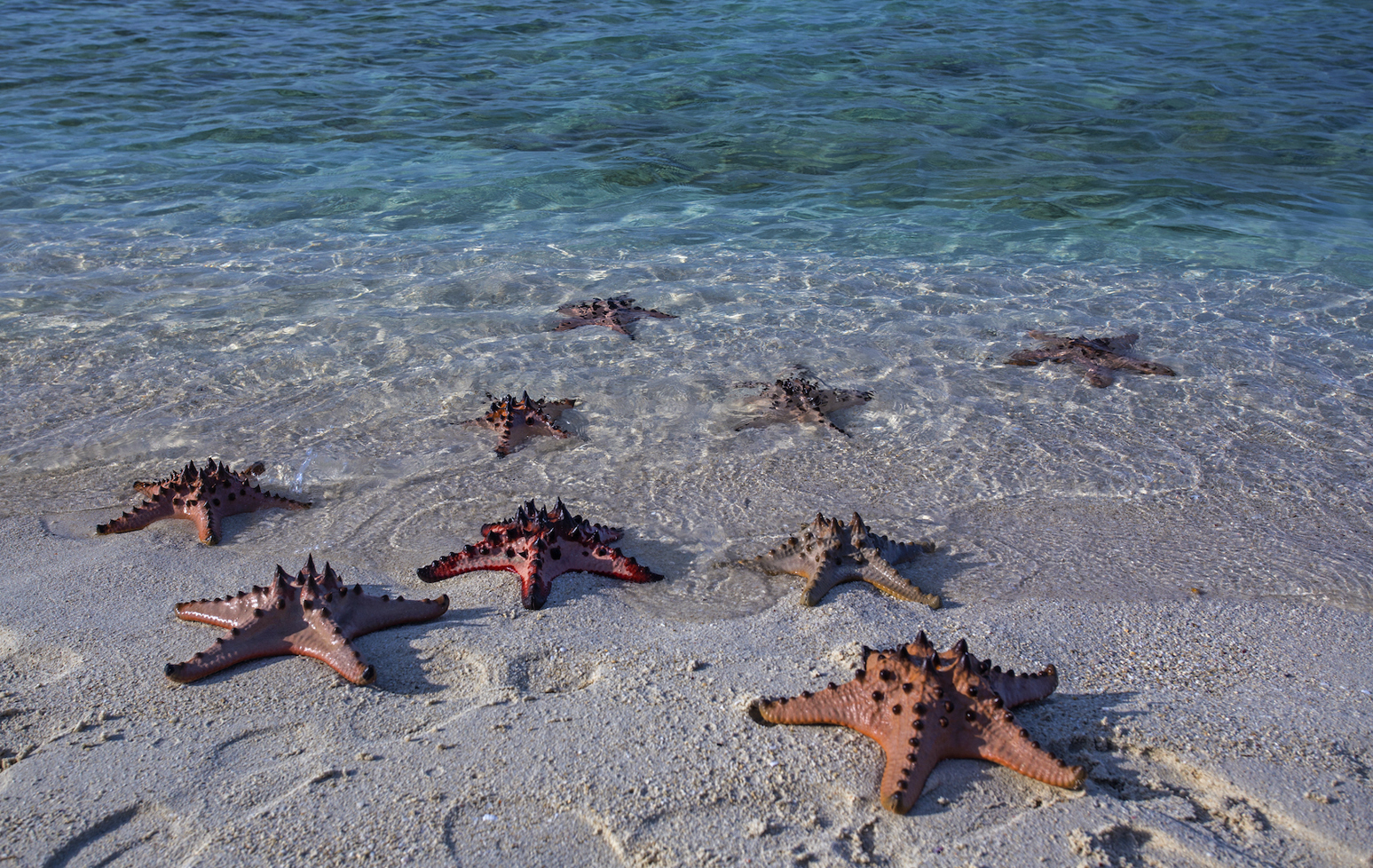We cannot save fish if the water is toxic. - Haitao Yu
I am a PhD candidate conducting research that helps companies have a positive impact on the world. Through this work, I often hear inspiring stories. One such story came from a responsible investor named Amy Domini[1]:
A little girl tried to throw ashore starfish back to the water so they wouldn't die. Her mother thought it was in vain since there were thousands of them. The girl reflected and looked at the starfish in her hand. "It will make a difference to this one."
What the responsible investor meant was that even small efforts can make an important difference. However, the recent session of the Ivey Innovation Learning Lab with Terry Irwin, “Transitioning Beyond COVID-19”, got me thinking about this story in a fundamentally different way: How can we save fish if the water is toxic?
Terry argued that human societies are transitioning with systems changes. She conceptualized systems by using the analogy of fish and water: systems are to humans what water is to fish. We live in a world nested within systems, but we cannot easily “see” these systems. Yet, we cannot survive if the systems collapse, much like fish cannot survive when the water is toxic. COVID-19, which I referred to in a previous post, is now heavily altering our systems, particularly through its influence on the economy.
Systems change gradually and these changes are difficult to see. Fortunately, there are ways for us to recognize them. Terry illustrated a tool to visualize systems’ change by showing a study on COVID-19 in the United States that she has conducted with her team throughout the pandemic.
To put the focal trajectory of COVID-19 into context, they first connected this public health issue with other related trajectories, including governance, politics, economy and the natural environment. To understand why particular events happen in the present moment, they mapped related events across time. For example, their study of events from 1770 to 2020 revealed that the high number of African American COVID-19 deaths might find its historical roots in racism that has persisted since the country was established.
This tool allows us not only to understand, but also to intervene in order to transition the systems towards a desirable future. It is difficult to effectively address the high number of deaths in the African American population, if we don’t address the root causes of the problem.
Despite all the negative disruptions of COVID-19, one positive outcome Terry and her team uncovered is that the natural environment eventually finds an opportunity to regenerate. The fact reminds me of the Chinese equivalent word for ‘crisis’ (危机), which literally means ‘risk and opportunity’. Even a disaster like World War II taught us something positive: nations would probably never have valued peace and collaboration without learning from the war.
I hope the pandemic may serve as a window of opportunity for individuals, organizations and nations to learn, collaborate and tackle our most pressing challenges, such as public health, global warming, biodiversity loss, and refugee crisis.
Learn more about the Ivey Innovation Learning Lab.
[1] Amy Domini, 2001, Socially Responsible Investing: Making a Difference and Making Money, Kaplan Business



